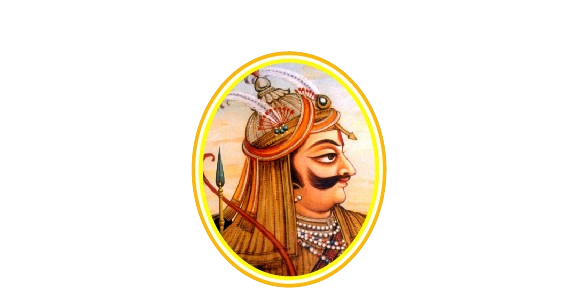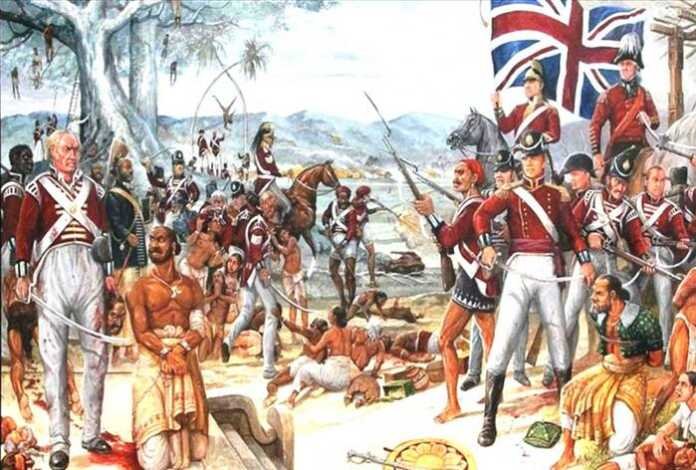A Unpublished Haqiqat of V. S. 1914 presents a fairly accurate and detached account in the form of narrative of the uprising of 1857, the movement of the rebel leaders who wielded the sword and the scepter and who played a dominant role in shaping the course of events of the 1857 struggle.
There is hardly any doubt that the writer has drawn at first hand. The importance of this Haqiqat as a source book of the history of the year V. S. 1914, therefore, cannot be exaggerated.
A copy of the Haqiqat which exists in the private collection of Bhandari Sirechand consist of 10 folios without any colophon. There are on an average 23 Lines per page. The script is Brahmanical Devanagari of Rajasthani type.
We possess voluminous literature on the uprising of 1857 written solely from the British point of view by contemporary writers who were mostly supporters of the paramount power.
Even in the Haqiqat the activities of the rulers of Jodhpur have been commended, but at the same time we come across a useful account of the day to day events beginning from the second day of the dark half of Sravan up to the 1st day of the bright half of Vaisakha of V. S. 1914, The author enjoyed to some extent the freedom in telling the truth which we rarely find in the version of court historians.
In his monumental work, ‘Rajasthan’s Role in the struggle of 1857’ Nathuram Khadgawat, has given a graphic account of the uprising. It differs from the version of this Haqiqat and it appears that it has escaped his notice. The Haqiqat provides description of the personal bravery of the rebels who resisted the British.
The Haqiqat accounts how the movements of the rebels leader in several villages of Marwar, including Pali, Erinpura, Gundoj, Kherwa, Sanderao, Dhola, Kharadi, Auwa, Bithora, Gangawa, Dudod, Riyan, Pipar, Kuchera, Roopthal Koliya and Badlu, had caused greatAnxiety to the British and their well-wishers in Marwar.
The Haqiqat takes note of the letter written by Mac Massion, the Political Agent to the ruler of Jodhpur regarding the outbreak of the mutiny at Erin pura. The mutineers set the cantonments on fire and took in possession the magazine and the guns of the British troops on the 6th day of the bright half of the Bhadrapad.
In order to encourage the brightened British Officers, and to prevent the movement of the rebels, the ruler ordered one thousand troops under Qiledar Anar Singh and Muhta Chattarmal to march. On the 8th day of the bright half of Bhadrapad a message was received in Jodhpur about the triumph of the rebels in Sanderao, Gundaj and Kherwa.
According to the Haqiqat the chief of Auwa, Kushal Singh Bhaktawar Singh warmly received the mutineers and arranged their stay in his village of Kharadi.
The most important narrative of the Haqiqat throws light on the wise and patriotic deeds of Kachhwah Man Singh Lal Singh of Auwa, Rasaldar Abbas Ali and the Thakur of Gular who avoided a major rift among themselves through their efforts maintained the high moral of the rebel chiefs and the people.
They encouraged several chiefs, including the chief of Auwa, to continue their fight against the British. This also inspired Champavat Sag at Singh Samsinghot of Sinali to join the rebels on the 4th day of the dark half of Ashvin.
On Amavasya, the brother of Rasaldar Abbas Ali, killed Mason with his spear. In the action, the agent to the Governor General, Lawerence fell down and his horse was killed. This incident disheartened Lawerence to such an extent that he fled away from the battle field and took shelter in a hut of a Charan of Argdos.
The valiant Prithvisingh, brother of the Chief of Auwa fought with an indomitable courage on the second day of the bright half of Magha, and resisted the attack on Auwa.




